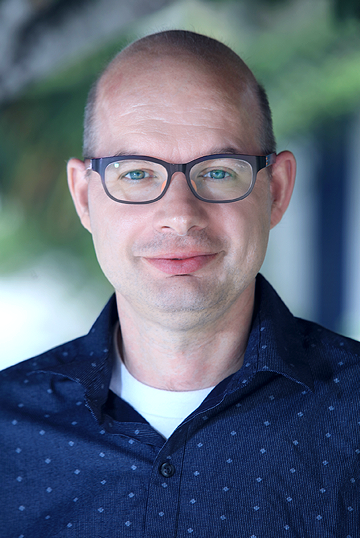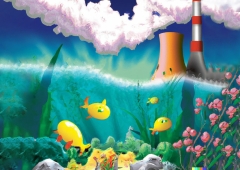Can Scientists Stop Japan from Dumping Fukushima Water into the Ocean?
| by Sierra Abukins
The Institute’s scientist-in-residence, Ferenc Dalnoki-Veress, is part of a small team of global experts who are calling on Japan to look at other options for the contaminated water.



